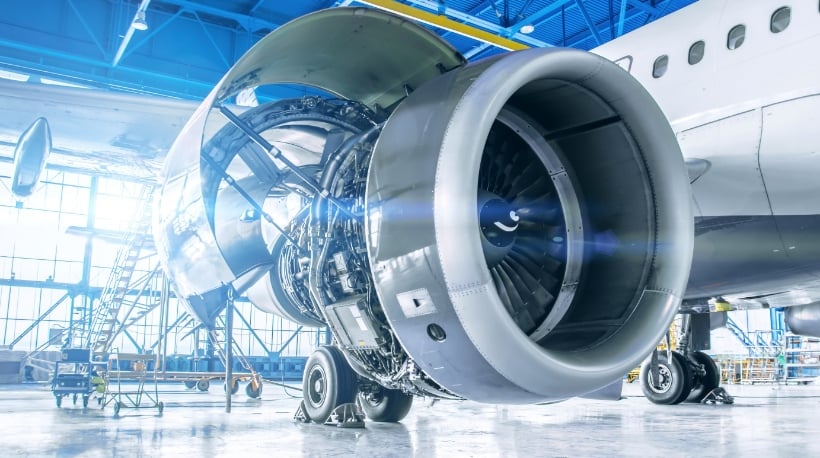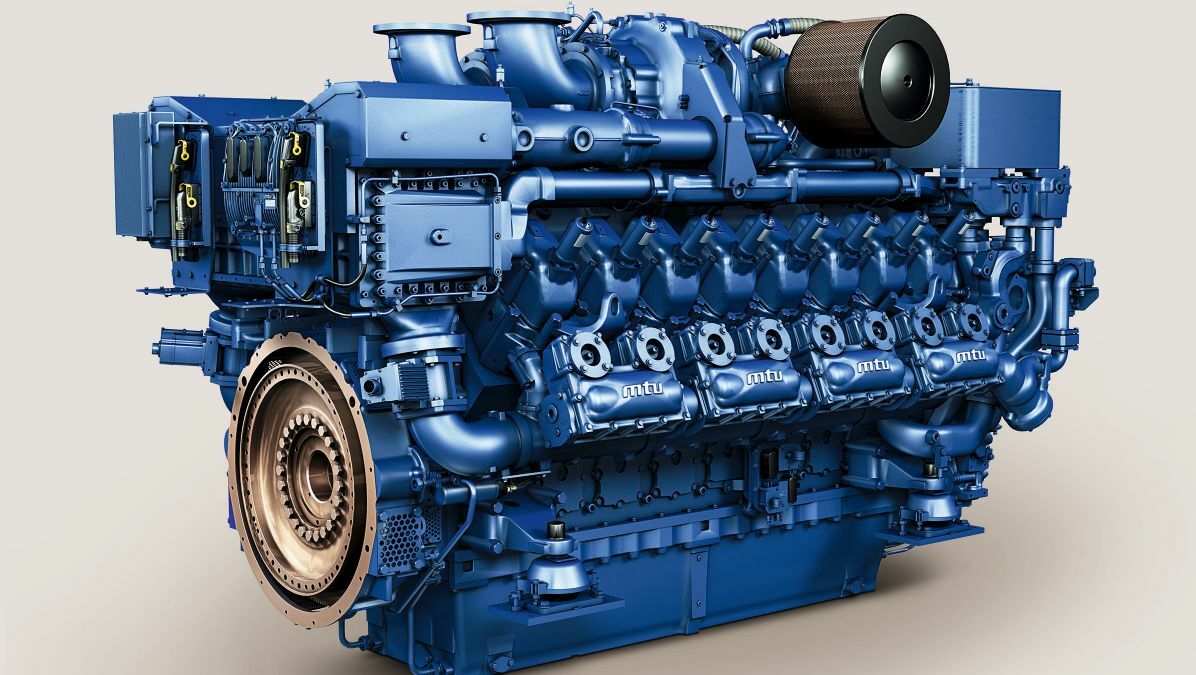Engines for Africa: Your Ultimate Auto Components Shop for Quality Vehicle Parts
Engines for Africa: Your Ultimate Auto Components Shop for Quality Vehicle Parts
Blog Article
The Pursuit for Ultimate Driving Power: Checking Out the Pinnacle of Engine Efficiency and Technological Breakthroughs in the Automotive Market
In the realm of auto design, the search of optimum driving power has actually been an unrelenting quest that has unfolded through the evolution of engine design and the combination of sophisticated modern technologies. From the thorough workmanship of burning engines to the fast developments in electric propulsion systems, the automotive sector stands at the cusp of a new period identified by extraordinary efficiency abilities.
Development of Engine Style

In addition, the combination of turbocharging and supercharging innovations has actually revolutionized engine design by improving power without significantly boosting engine size. These forced induction systems press the consumption air, enabling even more gas to be combusted, thus producing better power result from a smaller sized engine. This development has been especially critical in boosting the performance of smaller sized displacement engines while maintaining fuel effectiveness requirements.

Performance-Enhancing Gas Technologies
The execution of innovative gas modern technologies has actually significantly added to enhancing engine performance in modern vehicles. From traditional gasoline and diesel to innovative biofuels, artificial gas, and hydrogen, the vehicle market is experiencing a change in gas choices. Biofuels, stemmed from sustainable sources like algae, corn, or sugarcane, deal enhanced and reduced emissions engine performance. Artificial fuels, produced via chemical processes, provide high octane rankings, boosting power output. Hydrogen gas cells, although still in the onset of adoption, show fantastic promise as a result of their zero-emission nature and possibility for high performance. In addition, fuel ingredients and detergents are being created to clean engine parts, enhance combustion, and reduce friction, thus improving general vehicle efficiency. With continuous r & d, the quest for the utmost driving power proceeds, as engineers make every effort to unlock the complete capacity of performance-enhancing gas innovations in the automotive market.
Improvements in Electric Propulsion
Substantial strides in electric propulsion innovation have changed the automotive market, leading the way for a brand-new age of efficient and sustainable transportation. Electric automobiles (EVs) are getting appeal as a result of their environmental benefits and advancements in battery technology, enabling longer driving ranges and shorter charging times. Producers are investing heavily in r & d to improve the performance of electric propulsion systems, concentrating on enhancing power output, improving energy efficiency, and decreasing general weight.
One noteworthy breakthrough in electric propulsion is the growth of advanced electrical motors that supply higher torque and power density, causing enhanced acceleration and total driving efficiency. Additionally, regenerative braking systems have actually been fine-tuned to capture and store power during deceleration, more improving the efficiency of EVs.
Moreover, the combination of smart technologies, such as expert system and predictive analytics, is enhancing the management of electrical propulsion systems, making certain ideal efficiency under different driving problems. These improvements in electrical propulsion are reshaping the automotive landscape, driving the sector towards an extra sustainable and electrified future.
Influence of Computational Fluid Characteristics
With developments in electrical propulsion pushing the limits of vehicle technology, the combination of Computational Liquid Dynamics is playing a crucial role in enhancing aerodynamic efficiency and enhancing general performance in car layout. Computational Liquid Characteristics (CFD) involves the usage of computer system simulations to analyze the flow of air around a lorry, enabling designers to forecast how design changes will influence aerodynamics without the from this source demand for expensive physical models. By accurately modeling airflow patterns, CFD enables the improvement of automobile forms to reduce drag, improve cooling, and improve security.
One trick benefit of making use of CFD in lorry design is the ability to iterate rapidly, checking out numerous design variations to determine the most aerodynamically effective options. This repetitive process leads to automobiles that are not just sleeker and extra visually appealing but additionally much more eco pleasant and fuel-efficient. CFD enables engineers to maximize airflow around elements such as radiators, engine bays, and wheel wells, contributing to improved efficiency and general driving experience. In verdict, the assimilation of Computational Fluid Dynamics represents a significant step ahead in the mission for supreme driving power and efficiency in the auto sector.
Future Trends in Engine Technology
In the vibrant landscape of auto design, sophisticated innovations are shaping the future trajectory of engine innovation. The future of engine layout is marked by a solid focus on sustainability, performance, and effectiveness. Makers are increasingly concentrating on developing engines that not just deliver high power outcomes but additionally prioritize environmental responsibility by lowering exhausts and boosting gas efficiency.
One famous fad in engine development is the increase of electrification. Crossbreed and electric powertrains are acquiring grip as viable options to typical combustion engines. These innovations supply the potential for considerable decreases in carbon exhausts and enhanced energy performance, lining up with international initiatives to combat climate modification.
In addition, developments in products scientific research and production techniques are enabling go to these guys the production of lighter and much more long lasting engine components. This shift towards lightweight materials such as carbon fiber and aluminum alloys contributes to enhanced performance and gas economic situation.
Verdict
In conclusion, the pursuit of ultimate driving power in the automobile industry remains to drive improvements in engine layout, fuel technologies, electric propulsion, and computational fluid dynamics. The advancement of these modern technologies is forming the future of engine technology, leading the way for extra reliable and effective vehicles (engines for africa). As the industry remains to press the limits of what is possible, we can expect to see advice a lot more groundbreaking growths in the pursuit for peak performance
One of the essential milestones in engine design advancement is the change from typical carbureted engines to modern-day fuel-injected systems. By exactly metering the fuel distribution to each cylinder, fuel-injected engines optimize burning, resulting in far better performance and reduced ecological influence.
Moreover, the combination of turbocharging and turbo charging modern technologies has actually revolutionized engine layout by enhancing power without dramatically boosting engine size (engines for africa).The execution of sophisticated fuel modern technologies has significantly added to enhancing engine efficiency in modern automobiles. Additionally, gas additives and cleaning agents are being formulated to tidy engine components, enhance combustion, and minimize friction, consequently increasing total car efficiency
Report this page